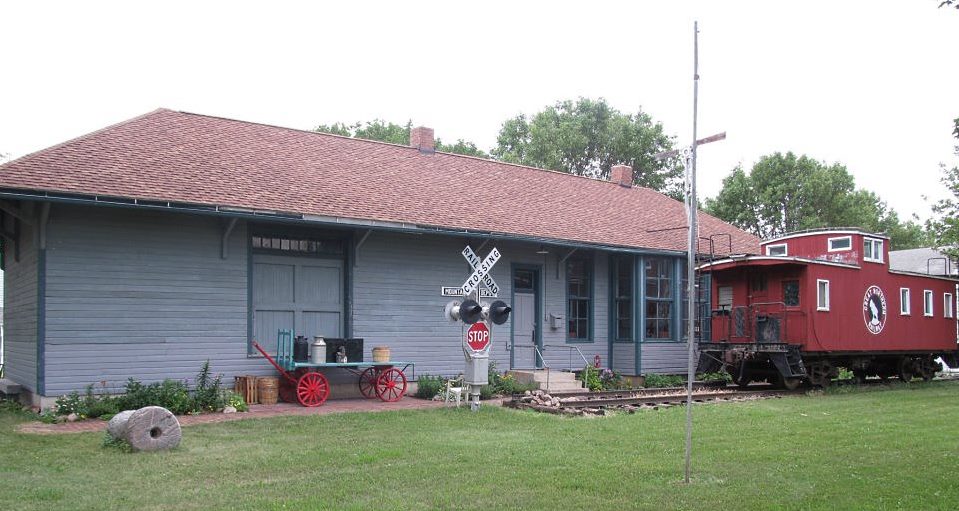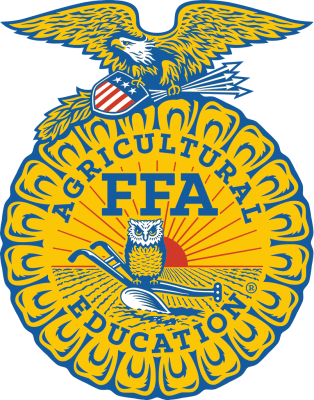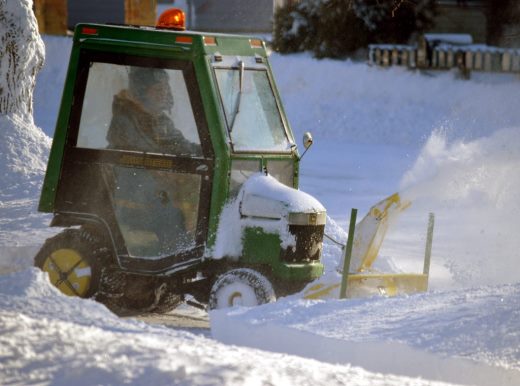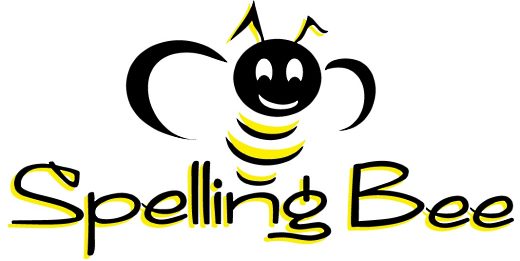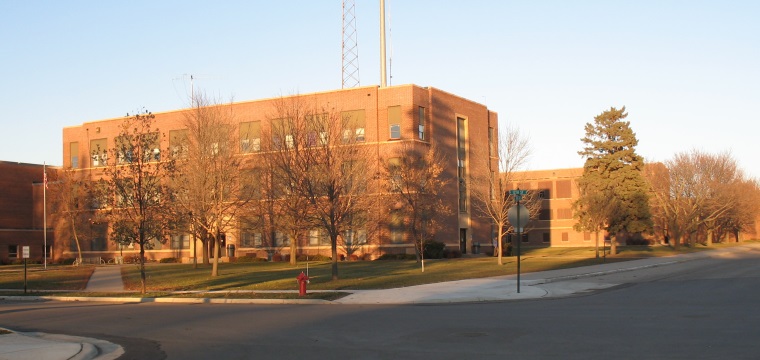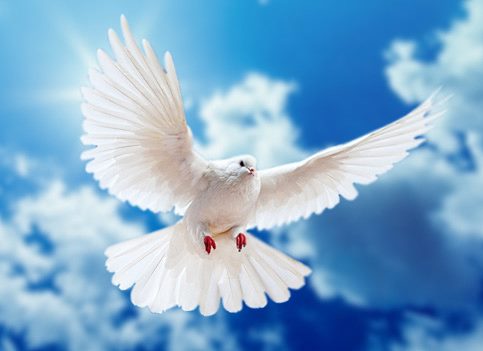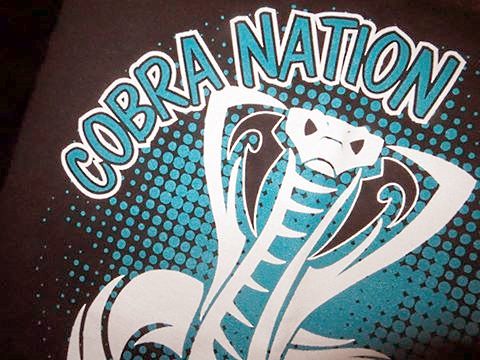* The 2014-2015 senior student signature series features area senior class students – and their own “signature” outlooks on a topic of their choice. A new outlook will be posted on Cross-Counties Connect each Friday. The series opens with point of view comments by seniors from Mountain Lake Public High School. The opinions can be found by clicking on the Family & Faith link on the website’s header, and scrolling down to, and clicking on, Outlook. Their teachers are Brenda Feil, Kim Syverson and Debby Jass.
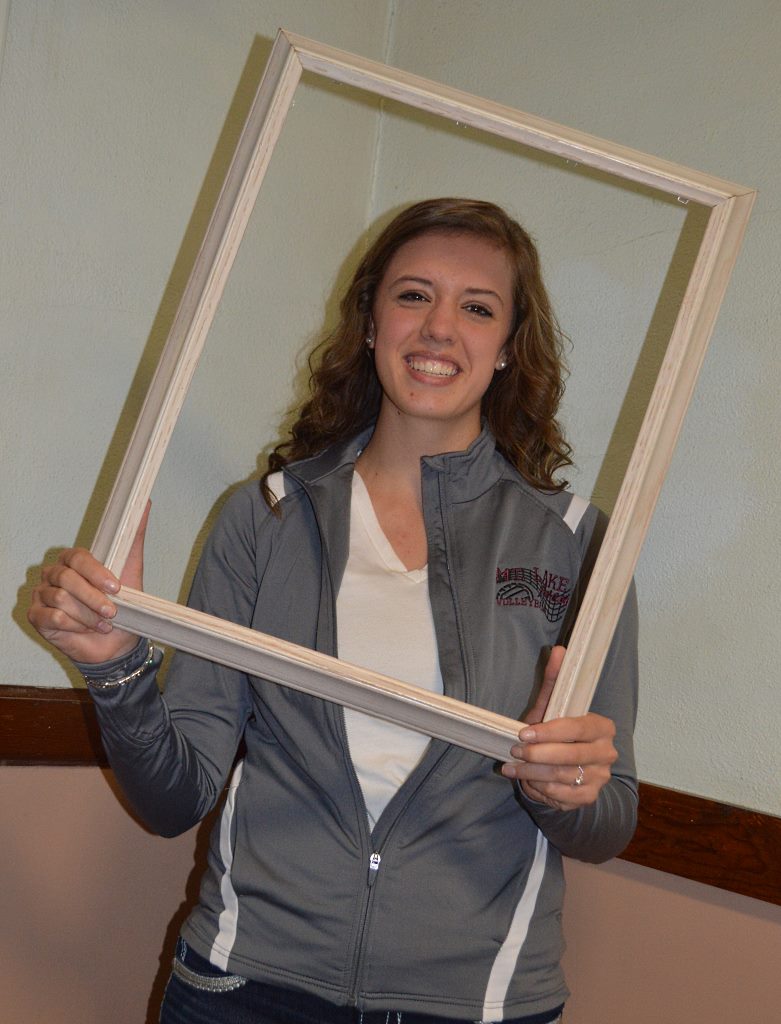
The Fate of The Crate
One of the biggest problems facing the U.S. pork industry today is the perception of gestation crates and how they affect sows. People are often persuaded emotionally by what they have seen or heard on television and on the internet concerning the sow’s welfare with the use of farrowing and gestation crates and how it appears to harm the animal. However, I believe that multimedia does not necessarily reflect the reality of what the standard operating procedures are in pork production today. Crates are an asset to farms in America.
Over the past hundred years pig production has evolved into bigger farms owned by fewer people. Many years ago pregnant sows, usually ten to thrity on a farm, lived on open range conditions and were free to roam in a barn lot or pasture, which sounds ideal but actually presented considerable welfare concerns for the individual sow. Pregnant sows can display considerable social aggression with each other in order to establish a boss sow. Boss sows would injure other sows by biting, creating lameness and wounds that would take time to heal. A boss sow would also overeat while other sows would undereat, leading to adverse effects while a sow nursed its piglets. In addition to potential injuries, a sow’s fertility could be affected, resulting in lower production.
As farms grew to include 50 to 100 sows, production moved inside barns. Farmers and veterinarians thought a controlled environment, such as gestation and farrowing crates, would protect the welfare of the sow while maximizing a sow’s production. Piglets, naturally curious and full of energy, will roam around the pen, sometimes getting crushed underneath the mother. A farrowing crate helps minimize this potential loss.
Additionally, a gestation crate protects the future mother in many ways. The animal caretaker can specifically manage each sow individually by balancing her diet (when and how much she eats), performing ultrasounds, and vaccinating her to help prevent any diseases to make sure she delivers healthy piglets.
Unfortunately, some organizations and companies have cut off business with farms that use farrowing and gestation crates because they perceive them as abuse to the animals and the piglets inside. Sometimes animal rights groups, that ultimately favor the elimination of meat altogether, use video clips that expose bad characters in the pork industry. There is no room for bad characters in the pork industry.
In conclusion, farrowing and gestation crates are a benefit to farms and to America in many ways. Crates ensure safety to the newborn pigs and the mothers as well. The owners can manage and specifically care for sows individually, making sure they receive special attention for their needs. Crates will continue to help farmers produce pork for an ever growing world population.


